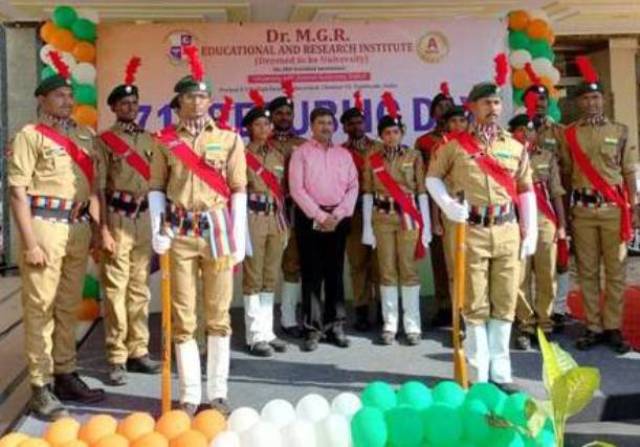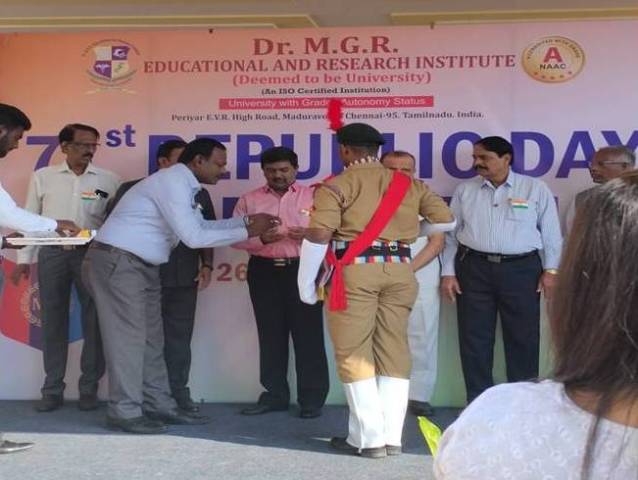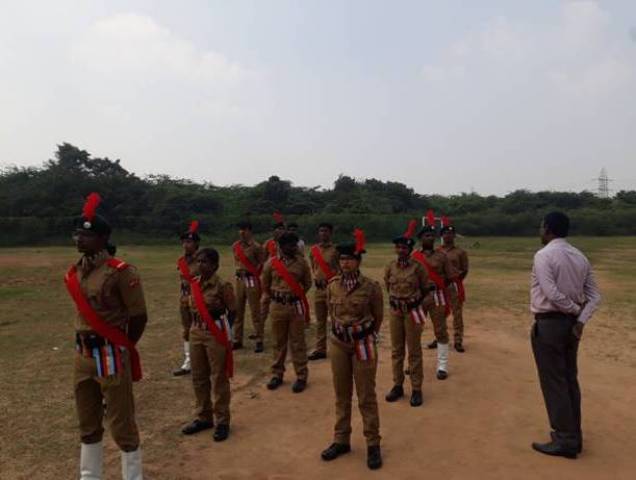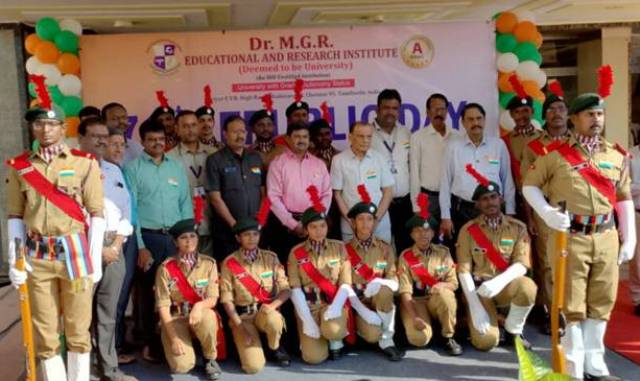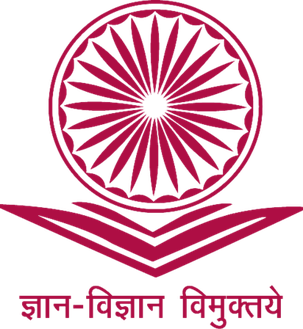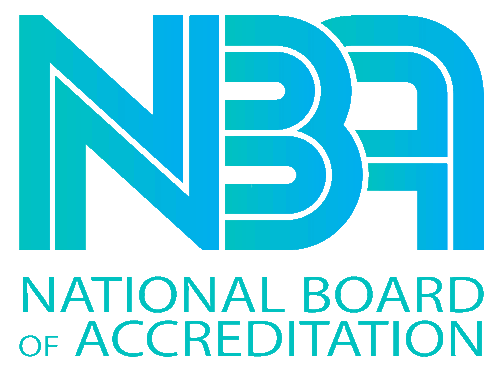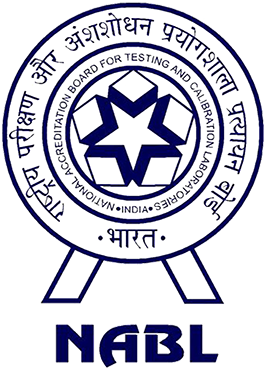National Cadet Corps(NCC)
MOTTO
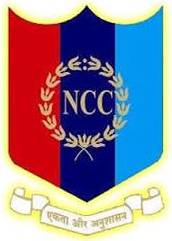
“UNITY AND DISCIPLINE”
NCC at MGR
National Cadet Corps (NCC) Army wing, Dr.M.G.R. Educational and research institute belongs to1 (TN) Medical Unit NCC. Army Wing NCC was started in the year 2019.
Our NCC activities are executed with the strength of 52 Army Wing cadets Coordinated by our caretaker Dr.S.Kevin Andrews M.Tech., PhD. All our NCC activities are closely monitored by our Commanding Officer Lieutenant Colonel T Ranganathan. Officers and Posted Instructional Staffs from 1 (TN) Medical Unit NCC are giving the training to our cadets with great effort. Apart from that various Social and Regular NCC activities are being carried out by our NCC Cadets.
Aims of NCC
- To develop qualities of character, courage, comradeship, discipline, leadership, secular outlook, spirit of adventure and sportsmanship and the ideals of selfless service among the youth to make them useful citizens
- To create a human resource of organized, trained and motivated youth to provide leadership in all walks of life including the Armed Forces and be always available for the service of the nation
OATH
“I do hereby solemnly promise that I will serve my motherland most truly and loyally and that, I will abide by the rules and regulations of the National Cadet Corps. Further, under the command and control of my commanding officer I will participate in every camp most sincerely and wholeheartedly.”
PLEDGE
“We, the cadets of the national cadet corps, do solemnly pledge that we shall always uphold the unity of India. We resolve to be disciplined and responsible citizens of our nation. We shall undertake positive community service in the spirit of selflessness and concern for our fellow beings.”
NCC FLAG
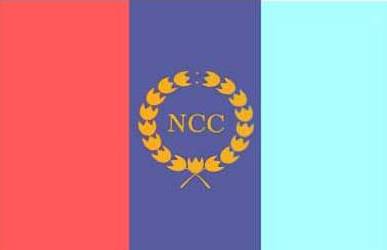
In 1954 the existing tricolor flag was introduced. The three colors in the flag depict the three services in the Corps, red for Army, deep blue for Navy and light blue for the Air Force. The letters NCC and the NCC crest in gold in the middle of the flag encircled by a wreath of lotus, give the flag a colorful look and a distinct identity. Each lotus represents one NCC Directorate. The seventeen lotuses represent the 17 State Directorates. “Unity of Discipline” (Ekta aur Anushasan) is written at the bottom of the NCC Flag.
NCC SONG
NCC HISTORY
The NCC in India was formed the National Cadet Corps Act of 1948. It can be traced back to the “University Corps”, which was created under the Indian Defence Act 1917, with the objective to make up for the shortage in the Army. In 1920, when the Indian Territorial Act was passed, the “University Corps” was replaced by the University Training Corps (UTC). The aim was to raise the status of the UTC and make it more attractive to the youth. The UTC Officers and cadets dressed like the army. It was a significant step towards the Indianisation of armed forces. It was rechristened as UOTC so the National Cadet Corps can be considered as a successor of the University Officers Training Corps (UOTC) which was established by British Government in 1942. During World War II, the UOTC never came up to the expectations set by the British. This led to the idea that some better schemes should be formed, which could train more young men in a better way, even during peace. A committee headed by H N Kunzru recommended a cadet organization to be established in schools and colleges at a national level. The National Cadet Corps Act was accepted by the Governor General and on 15 July 1948 the National Cadet Corps came into existence.
In 1948, the Girls Division was raised in order to give equal opportunities to school and college going girls. The NCC was given an inter-service image in 1950 when the Air Wing was added, followed by the Naval Wing in 1952. In the same year, the NCC curriculum was extended to include community development/social service activities as a part of the NCC syllabus at the behest of Late Pandit Jawaharlal Nehru who took keen interest in the growth of the NCC. Following the 1962 Sino-Indian War, to meet the requirement of the Nation, the NCC training was made compulsory in 1963. In 1968, the Corps was again made voluntary.
During Indo-Pakistani war of 1965 & Bangladesh-Pakistani war of 1971, NCC cadets were the second line of defence. They organized camps to assist ordnance factories, supplying arms and ammunition to the front and also were used as patrol parties to capture enemy paratroopers. The NCC cadets also worked hand in hand with the Civil defence authorities and actively took part in rescue works and traffic control.
After the 1965 and 1971 wars, the NCC syllabus was revised. Rather than just being a second line of defence, the revised NCC syllabus laid greater stress on developing qualities of leadership and officer like qualities. The military training which the NCC cadets received was reduced and greater importance was given to social service and youth management.
NCC ORGANIZATION
A Director General heads the National Cadet Corps, an Army Officer of the rank of Lieutenant General, who is responsible for the functioning of the National Cadet Corps in the country through the National Cadet Corps Headquarters situated at Delhi. At the State Level, the country has been divided into 17 Directorates covering all States and Union Territories. Each of the State National Cadet Corps Directorate Headquarters controls two to fourteen Group Headquarters. While Directorates are commanded by Brigadiers or their equivalents, the Groups are commanded by Colonels or their equivalents from the Air Force and the Navy and NCC Units are commanded by Majors / Lieutenant Colonels or their equivalents.
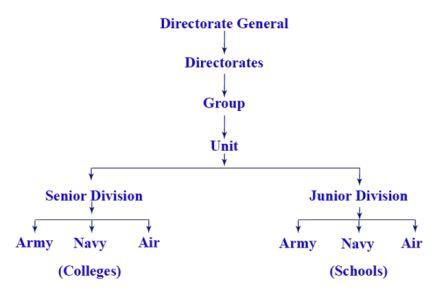
CADET ACTIVITIES
(Centrally Organized Camps)
- Leadership Camp
- Rock Climbing Camp
- Trekking camp
- National Integration Camp (NIC)
- Thal Sainik Camp (TSC)
- Army Attachment Camp (AAC)
- Republic Day Camp (RDC)
- Annual training Camp(ATC)
RANKS IN SENIOR DIVISION NCC
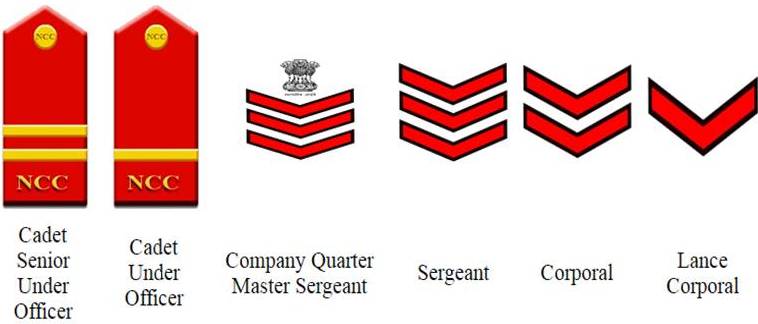
All others who joined NCC are commonly called as Cadet.
TYPE OF EXAMINATION
The type of Certificate Examination and the unit in which these are held are given below

ELIGIBILITES FOR CERTIFICATE EXAMINATION
For “B” Certificate Examination (Senior Division)A
- The Cadet must be in second year of SD/SW NCC Training.
- Must have attended one Annual Training Camp/NIC/Attachment training with regular Army, Navy, Air Force Units.
- Cadets possessing 'A' Certificate will be awarded 10 bonus marks.
- The cadet must have attended a minimum of 75% of total training period laid down in the syllabus for the first and second years for Senior Division Wing NCC (All Wings). Break in the NCC service of the cadet SD/SE prior to appearing in the exam should not exceed more than 18 months at one time, after his discharge to count his service for Certificate 'B' Examination. In case the break exceeds 18 months, the following procedure will be adopted. "If he had been on the unit rolls for a minimum of two years before his discharge and had attended 75% of the total periods during his NCC service he will need another 45 periods of training to become eligible for Certificate 'B' Examination. In all other cases where the above conditions are not fulfilled, the cadet must attend a minimum of 75% periods of the first and second years of training."
- An Air Wing Cadet must do a minimum of 10 Glide launches.
For “C”Certificate Examination (Senior Division)
- The Cadet must have passed 'B' certificate.
- The Cadet must be in second/third year of SD/SW NCC Training.
- The Cadet must have attended a minimum of 75% of the periods of 3rd year syllabus during the academic session.
- Break in the NCC Service of the SD/SW Cadet prior to appearing in the exam should not exceed more than 18 months at one time, after his discharge to count his previous service for Certificate 'C' examination. In case the break exceeds 18 months, the following procedure will be adopted "If he had been on the Unit rolls for a minimum of two years before his discharge and had attended 75% of the total period during his NCC service, he will need another 45 periods of training to become eligible for Certificate 'C' examination. In all other cases where the above conditions are not fulfilled, the Cadet must attend a minimum of 75% periods of the first and second year of training."
- Must have attended two Camps.
EVENTS GALLERY
